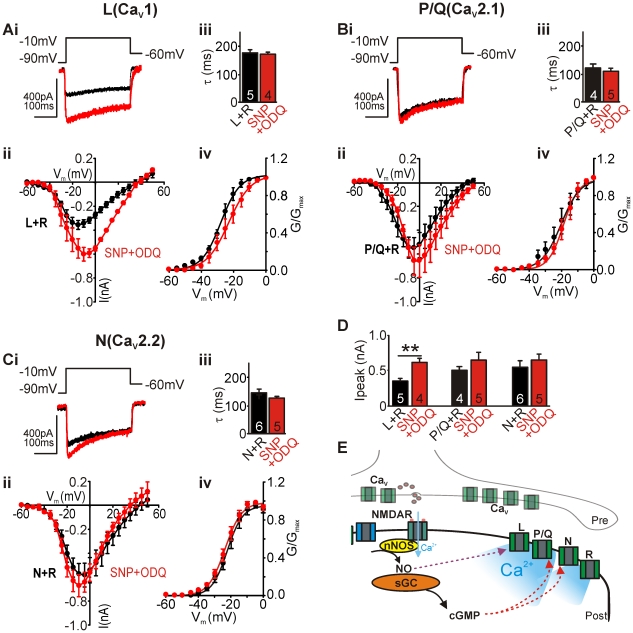Figure 4. Soluble Guanylyl Cyclase (sGC) activity is necessary for L- and P/Q-type potentiation.
Ai–Ci, Raw traces of control L- and P/Q-type currents (+R-type, black), and the same currents from SNP treated cells in the presence of ODQ (red). Traces generated by depolarising steps from −90 mV to −10 mV (holding potential of −60 mV). Aii–Cii, Average IVs of control (black circles) and ODQ+SNP-treated (red circles) neurons. Aiii–Ciii, Bar graph shows mean inactivation kinetics (τ) of currents in control (black bar) and ODQ+SNP-treated (red) neurons. Aiv–Civ, Mean activation curves of control (black) and ODQ+SNP-treated (red) neurons. Curves are fitted using a Boltzmann equation. R-type current was present throughout all recordings. D, Summary bar graph of mean peak amplitudes of control (black) and ODQ+SNP-treated (red) conditions. Data denote mean±SEM, n = number of neurons, Student's t-test, **P<0.01. E, Schematic illustration showing differential NO signalling to L- (direct NO effects), P/Q- and N- type (sGC-mediated effects) Ca2+ channels, resulting in augmented Ca2+ influx following nitrergic activation.

